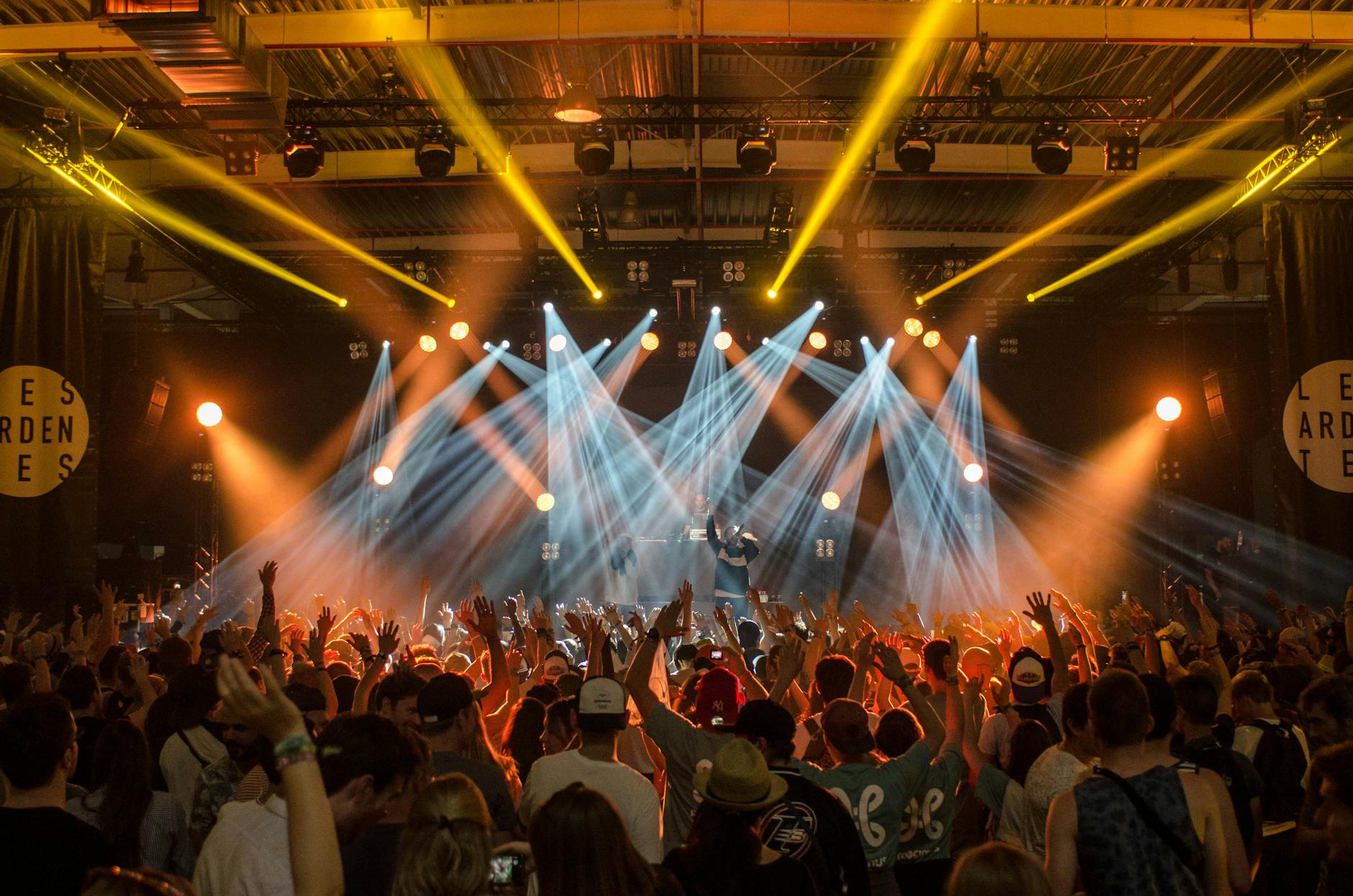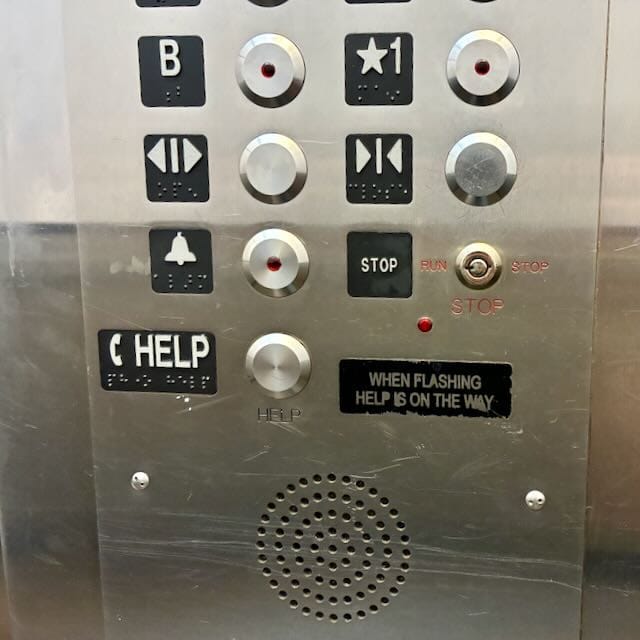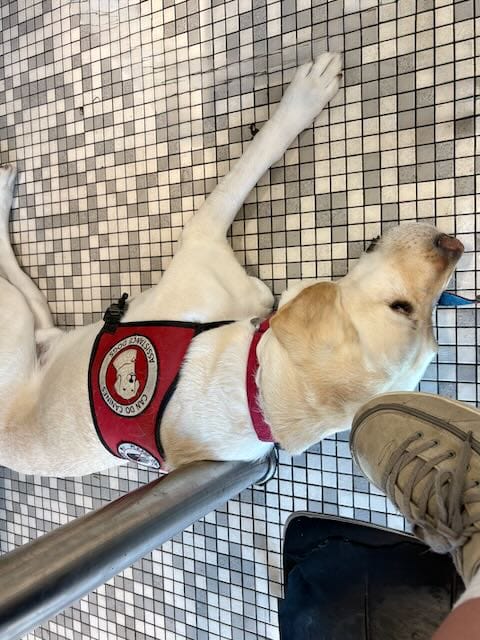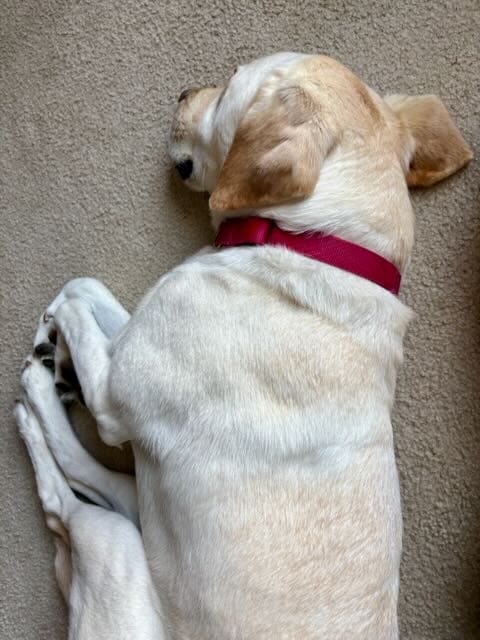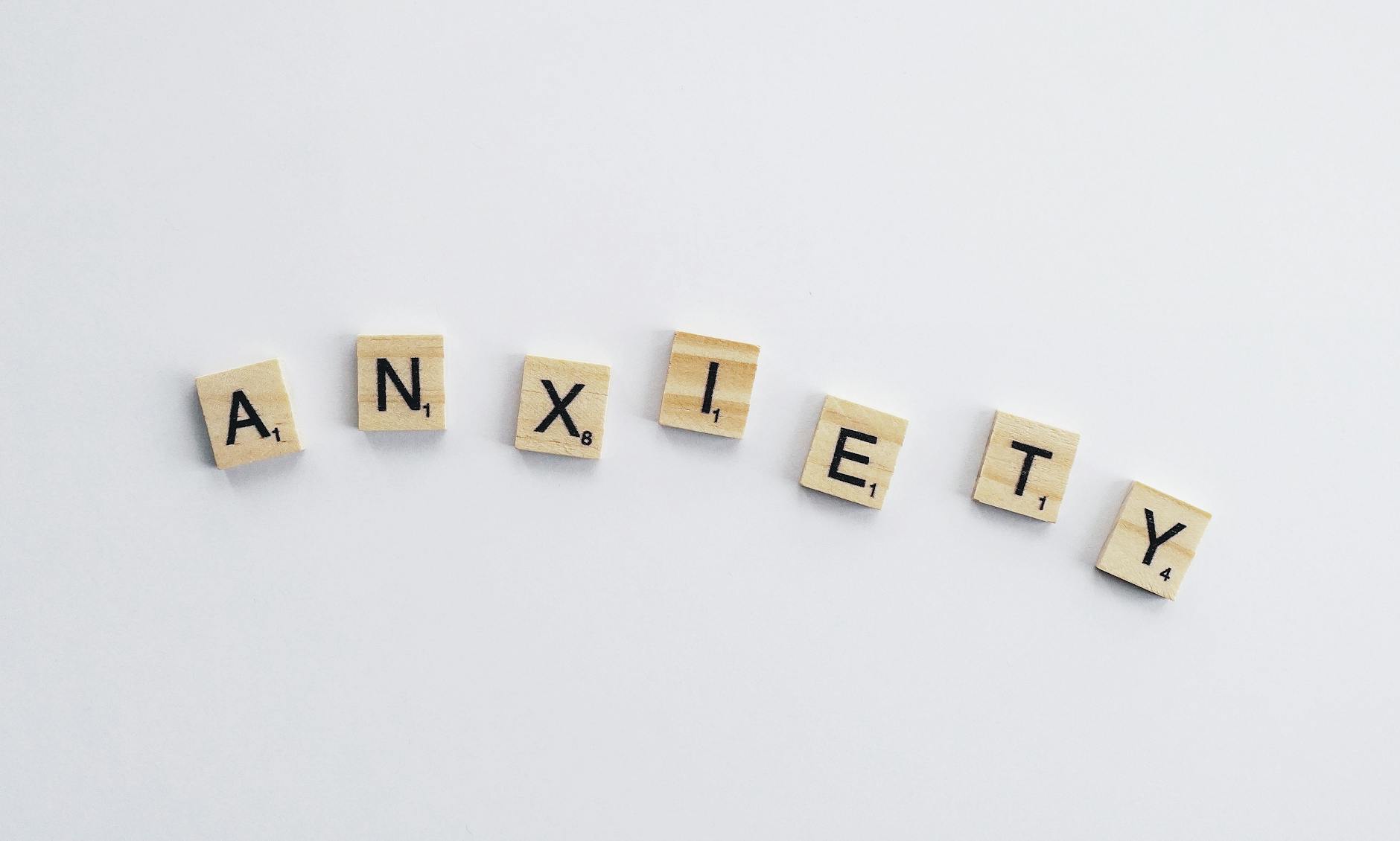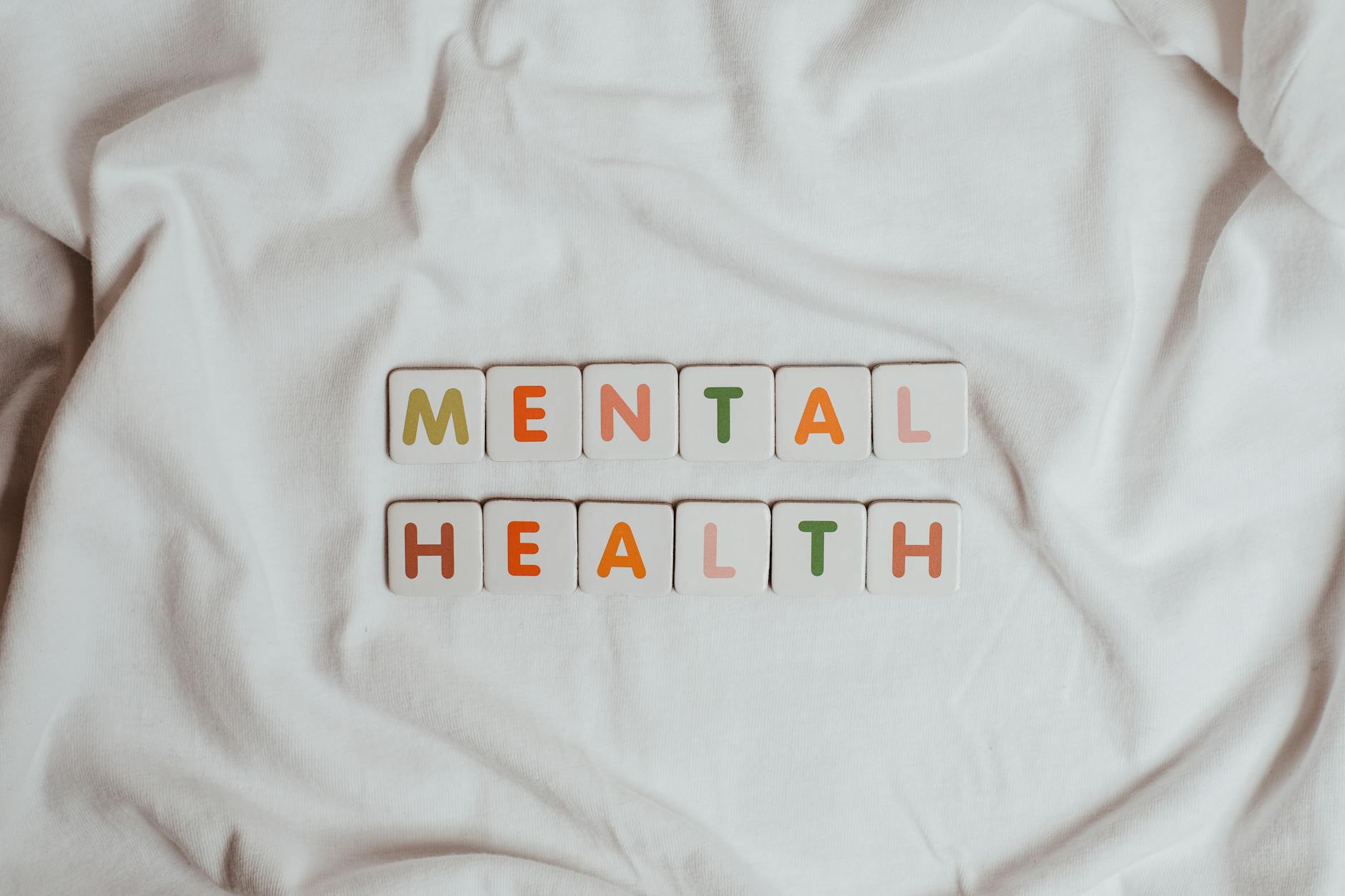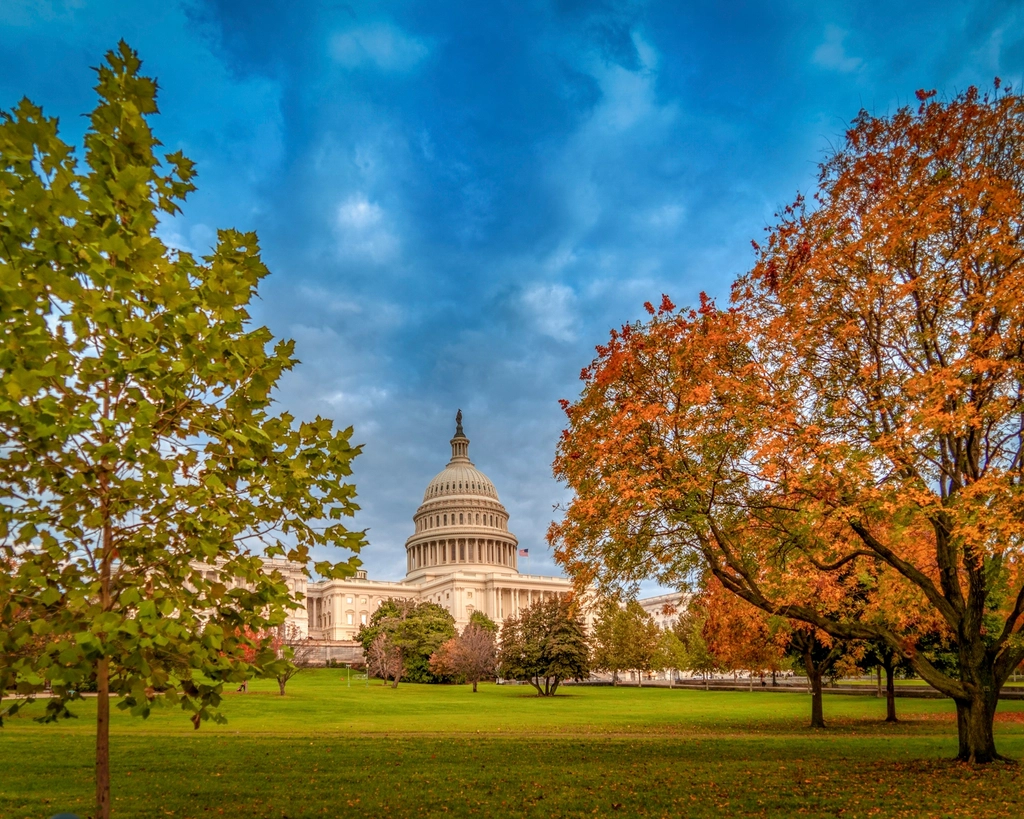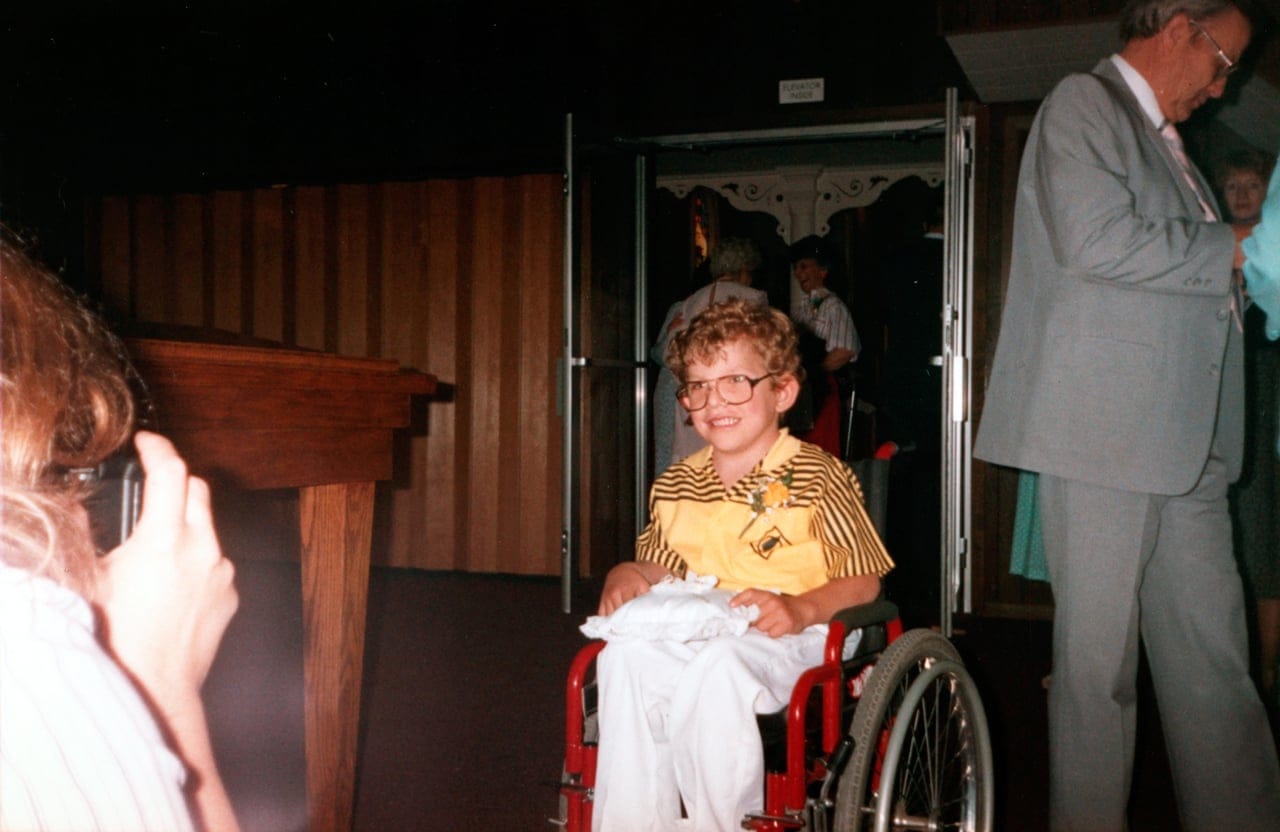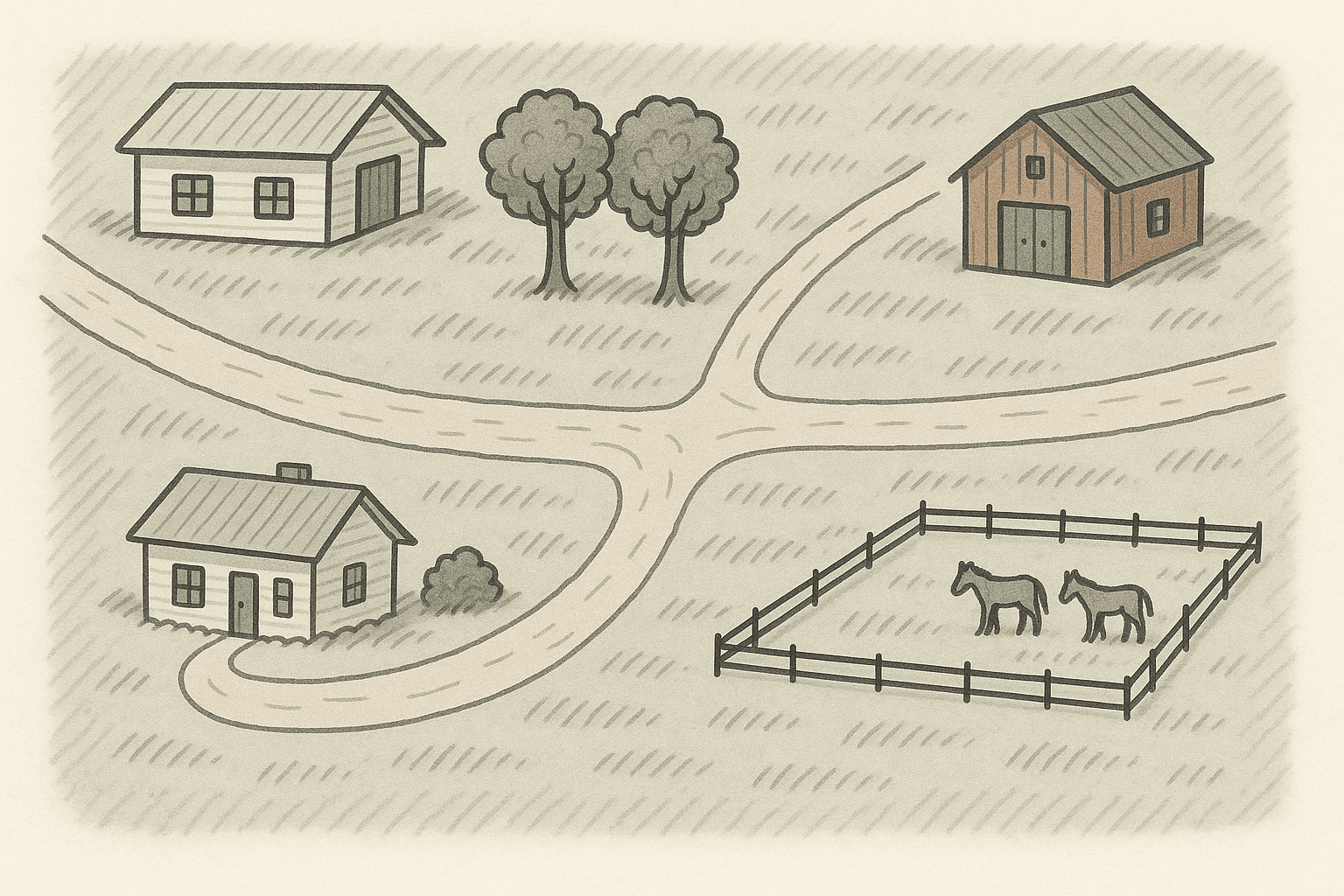The Harsh Reality of Disability and Employment
Finding a job is hard. Finding one as a person with a disability? Often twice as hard—and half as fair.
Despite decades of progress, people with disabilities still face enormous hurdles in the workforce. From inaccessible interviews to discrimination that’s harder to prove than to feel, the disability employment gap remains stubbornly wide. As of 2024, only about 22.5% of people with disabilities are employed, compared to 65.8% of non-disabled people, according to the U.S. Bureau of Labor Statistics. And now, with looming threats to Social Security programs, the urgency to find stable, fulfilling work is greater than ever.
Balancing Purpose and Pay
I have been looking for more financially stable work for quite some time. I love what I do right now. However, I need something more reliable regarding the amount of money I can bring in.
I am also looking for jobs that will feed my soul. They should not drain my emotional and physical energy. I know that might seem like taking the easy way out. Throughout my life, I’ve learned that being in draining positions harms my overall well-being.
Many people with disabilities face the same struggle. They try to balance physical or mental health needs with the demand for financial stability. It’s not just about wanting a job. It’s about finding one that doesn’t push you past your limits.
A 2022 study by Accenture found a significant correlation. Companies that embraced disability inclusion were twice as likely to outperform their peers in profitability. They also had improved productivity. Yet, many of us never get the chance to show what we can do.
Living on the Edge of Uncertainty
I am in a rather unique situation. I do receive SSDI. This allows me to be more selective about the work I do. I am also aware of the changes the current administration is trying to make to Social Security.
You should look for alternate sources of income. This is important in case there is a stoppage in the SSDI checks you receive. According to the Social Security Administration’s 2024 Trustees Report, the trust fund is projected to be depleted by 2033. Reforms are necessary to avoid depletion.
The Job Search: A Loop of Silence and Rejection
In the past six months, I have submitted countless applications. Most of the time, I don’t hear anything back. Then there are rare instances where I get to interview. I don’t know if I suck at the interview process. I don’t know if it’s because I am a wheelchair user. Maybe it’s because I have a service dog. Usually, after that first interview, I get the dreaded response. It says: “After careful consideration, we have decided to move forward with other candidates.” Their experience more closely aligns with our current needs.
Statistically, this kind of experience isn’t unusual. According to the National Organization on Disability, many employers still have biases. They also have inaccessible workplaces and a lack of inclusive practices. These conditions make it harder for disabled applicants to be hired or promoted. These invisible barriers reinforce the frustrating reality many disabled job seekers face. You can be qualified, capable, and enthusiastic. Yet, you might still be overlooked.
My Work History: Then and Now
I have been working on and off since I was 14 years old. During the summer of 1998, I had my first taste of what a job would be like. I was taking summer classes in the Twin Cities thanks to the generosity of my aunts. They had an amazing friend who worked as a head chef at a hotel near the airport. They were willing to give me a chance at what I can now only describe as something of an internship. Arrangements had been made for me to “work” one day a week. Despite this, I still had to interview with the head chef. I was scared and nervous and excited all at the same time.
My first official summer job was at the Swift County Recorder’s Office in the summer of 2000. It was an exciting experience, even though the job was simple: scanning documents to be digitized. It gave me more responsibility and a little bit of spending money. I worked so much that I burned through the allotted funds that paid my wages. The following summer, I had a similar job with the county’s Soil and Water Conservation Office. Again, it was a simple job but taught me a lot about responsibility.
These early jobs weren’t glamorous, but they helped shape my work ethic. I was learning to navigate a world. This world was not designed with me in mind, like it wasn’t for many other young adults with disabilities. According to the National Organization on Disability, workplace biases persist. Inaccessible environments remain. Additionally, a lack of inclusive practices continues to be a major roadblock to employment for disabled individuals.
Campus Jobs, First Steps, and New Lessons
The summer after my senior year of high school, I didn’t work. Not because I couldn’t get a job, but because I wanted one last summer of freedom before college. During college, I held a few on-campus jobs. While living in Hutchinson, I worked part-time as a tutor. To be honest, I don’t even remember what subject I tutored. However, I do remember getting a letter from the county about not reporting the $65 I earned. I had no idea I needed to at the time.
At Augsburg, I had a variety of jobs. I helped the campus LGBTQ+ organization with their website and digital advertising. I was also a tour guide for the admissions office. My focus was often giving tours to prospective students with mobility challenges.
A Decade of Retail—and Then, the Curtain Closed
After graduation, I was fortunate to land a temp job with a downtown Minneapolis staffing agency. I was surprised they hired me, but I guess when you’re a temp, they take whoever they can get. That role lasted about eight months, and then I was unemployed again. I submitted many applications back then. It felt like a lot. I rarely heard anything back.
Eventually, I applied at Best Buy. They had a location at the Mall of America. It was easy for me to get to. I’d never worked retail in my life and barely shopped at Best Buy before. I remember the hiring process. There was a phone interview. Then there was a group interview (my first ever). I felt completely out of place during it. I didn’t say much because I didn’t know what to say. Somehow, I said enough to move on to the final interview and land the job.
Originally, it was supposed to be a seasonal role, but they decided to keep me on part-time after the holidays. I continued working at Best Buy for nearly 10 years. Over time, I shifted into different departments and eventually landed a full-time position. It was nice having PTO and a consistent paycheck.
Unfortunately, it wasn’t meant to last. In the summer of 2018, Best Buy closed that location. I considered applying to the nearby Richfield store and even had a few interviews there, but it felt different. They seemed more hesitant to hire someone with my “unique abilities.” It didn’t work out, but I received a decent severance package and took a much-needed three-month break.
That hesitation? It mirrors what many disabled workers experience. Too many hiring processes contain a subtle skepticism. There’s a belief that accommodating a disabled employee is more trouble than it’s worth. But data and my own personal experience contradicts that. Studies show that providing accommodations often costs less than $500, and the long-term benefits—employee retention, morale, and diversity—are invaluable.
I did a training video in 2017 while I was with Best Buy on this exact issue. My general manager and I were featured in a video about workplace accessibility. The video highlighted how simple accommodations can make a huge difference in supporting disabled employees. These include clear communication, flexibility, and simple adjustments to schedules and the layout of an eight-foot section. For example, the management made the point-of-sale terminal more accessible. This change helped me ring out customers in my department.
All they had to do was remove a section of shelving to lower the register. It didn’t just work for me—it worked for everyone. While the video is now unlisted, it remains one of the proudest accomplishments of my time there and is still featured on my LinkedIn profile as a reminder of what true inclusion can look like in action
Where I Am Now—and Where I Want to Go
In the fall of 2018, I landed my current role at U.S. Bank Stadium. I love the staff I work with—it’s a great environment. Things have changed a lot since returning post-COVID, but I don’t see myself leaving anytime soon. That said, hours have been very limited since the pandemic. I need something that provides more financial stability.
In 2021, I met Amy B., a personal trainer specializing in inclusive fitness. She created Fit with Amy B to provide training for people of all abilities. I improved my own health through her program. She also brought me on to help behind the scenes making everything run smoothly. She saw the benefit of having people with disabilities not only workout with her. They also worked with her to bring greater awareness to healthy living, regardless of your abilities. I truly loved what I did for Amy. I have yet to find another job that offered the same level of flexibility. It also provided fulfillment.
Unfortunately, SSDI barely covers my monthly expenses. It doesn’t give me the flexibility to do the things I enjoy, like traveling or going out with friends. Living on a fixed income can be incredibly limiting.
According to the National Organization on Disability, many people with disabilities face financial insecurity. They also encounter systemic bias and physical barriers. These obstacles prevent equal access to job opportunities.
And yet, studies by Accenture show that companies prioritizing disability inclusion perform well. They are also twice as likely to be innovative.
The Bigger Picture: You’re Not Just Hearing My Story
This isn’t just my story. It’s the story of many people in the disability community. They want to work. They are ready to work. They constantly run into walls—both visible and invisible. It’s time to break those walls down.
Call to Action
We need employers, policymakers, and communities to step up. Employers must rethink hiring practices to eliminate bias and prioritize inclusion. Lawmakers need to protect Social Security and invest in programs that support people with disabilities, not strip them away. And for those reading this: listen to our stories. Share them. Advocate for change. Because no one should be shut out of opportunity simply because society hasn’t caught up to our potential.
Sources:

